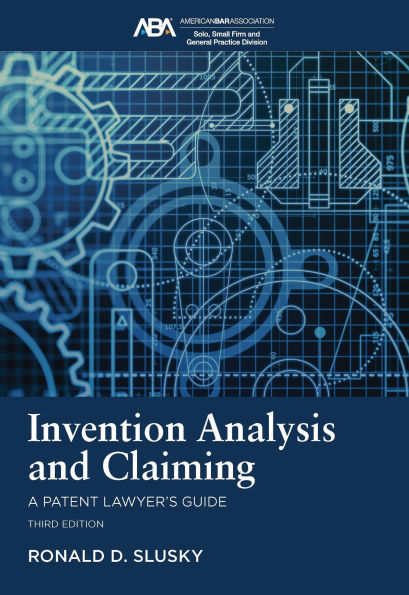Like the second edition, this revision discusses functional language in patent claims and the use of “means-plus-function” claim elements. New chapters for the third edition delve into questions of patentability under 35 USC 101, 102, and 103. One of the new chapters focuses on the chaotic state of the case law vis-à-vis the unpatentability of abstract ideas, while another challenges the reader to argue both for and against the obviousness of some two dozen now commonplace innovations, like the salad spinner and the window envelope.
Questions at the end of each chapter help the reader to:
- confirm the reader’s understanding of the principles presented
- explore the jurisprudential and practical implications of those principles; and
- try out the invention analysis and claim drafting skills taught in the chapter.
Like the second edition, this revision discusses functional language in patent claims and the use of “means-plus-function” claim elements. New chapters for the third edition delve into questions of patentability under 35 USC 101, 102, and 103. One of the new chapters focuses on the chaotic state of the case law vis-à-vis the unpatentability of abstract ideas, while another challenges the reader to argue both for and against the obviousness of some two dozen now commonplace innovations, like the salad spinner and the window envelope.
Questions at the end of each chapter help the reader to:
- confirm the reader’s understanding of the principles presented
- explore the jurisprudential and practical implications of those principles; and
- try out the invention analysis and claim drafting skills taught in the chapter.

Invention Analysis and Claiming: A Patent Lawyer's Guide, Third Edition
488
Invention Analysis and Claiming: A Patent Lawyer's Guide, Third Edition
488
Product Details
| ISBN-13: | 9781639056125 |
|---|---|
| Publisher: | American Bar Association |
| Publication date: | 06/24/2025 |
| Pages: | 488 |
| Product dimensions: | 7.00(w) x 10.00(h) x 0.00(d) |
